Car manufacturers love celebrating their greatest hits while quietly burying their mistakes. For every Mustang or Corvette that gets museum treatment, dozens of automotive experiments disappear faster than your phone battery during a road trip. These forgotten machines reveal more about innovation, hubris, and engineering limits than any success story. Kind of like the fugliest cars in history. You’re about to discover 11 automotive oddities that showcase what happens when ambition crashes into reality—cautionary tales wrapped in sheet metal and disappointment.
11. 1966 American Motors Marlin 343 Typhoon Project (Exterior)

AMC’s Marlin 343 Typhoon Project highlights challenges facing smaller automakers competing against industry giants. The Typhoon attempted transforming the comfort-oriented Marlin into a muscle car contender by adding a powerful 343 V8 engine to the existing platform.
1966 American Motors Marlin 343 Typhoon Project (Interior)
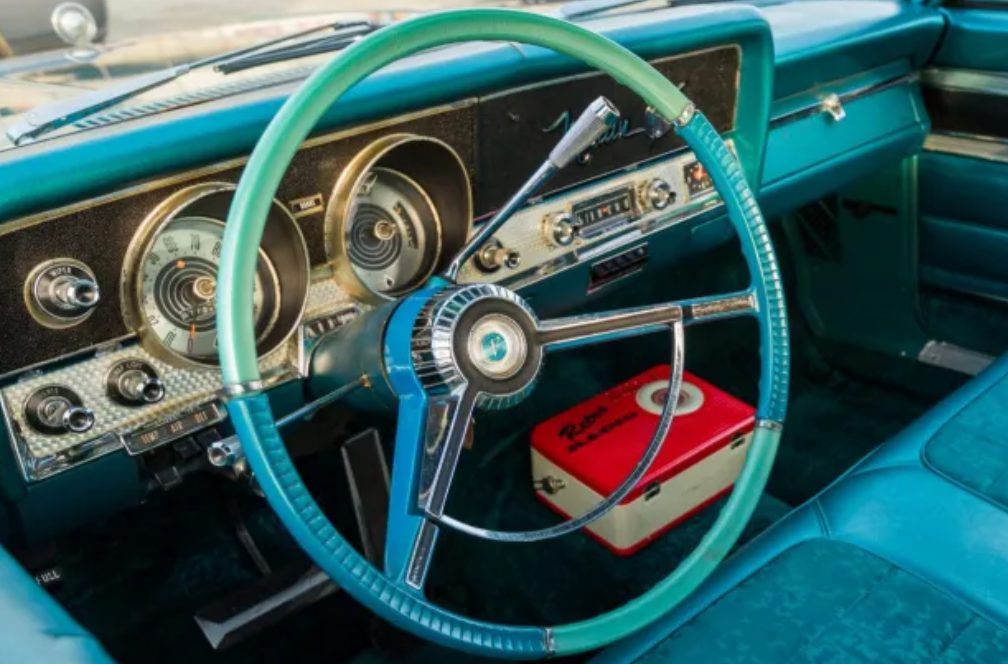
Increased power overwhelmed a chassis designed for cruising rather than cornering, while drivetrain components struggled with forces they were never designed to handle. Internal resistance from AMC leadership—concerned about development costs and brand identity—ultimately killed the project. Not every good idea gets the development budget it deserves.
10. 1959 Pontiac Catalina Tri Power Wagon (Exterior)

Pontiac answered a question nobody asked: “What if suburban dads had enough power to terrify entire neighborhoods?” Engineers dropped a Tri Power 389 V8 with three carburetors into their family wagon, transforming grocery runs into potential drag races with 320 horsepower.
1959 Pontiac Catalina Tri Power Wagon (Interior)

Unfortunately, Pontiac forgot to upgrade the brake system. Standard drum brakes proved inadequate for increased performance, especially when loaded with passengers and luggage. The complex triple-carburetor setup required specialized knowledge most mechanics lacked, creating maintenance headaches. Sometimes “because we can” isn’t sufficient justification for engineering decisions that complicate daily life.
9. 1971 Chevrolet Chevelle 454 High-Performance Police Unit (Exterior)

Chevrolet’s attempt to revolutionize police vehicles with the high-performance Chevelle 454 was ambitious but impractical. The LS5 454 V8 engine with 360 horsepower and 500 lb-ft of torque helped officers catch speeders—when they could keep it on the road during pursuit situations.
1971 Chevrolet Chevelle 454 High-Performance Police Unit (Interior)

Performance parts wore out quickly under police use, while handling issues during training demonstrated that raw power without proper chassis development created officer safety concerns. Despite these challenges, the high-performance Chevelle influenced police vehicle manufacturers to reconsider performance standards. Sometimes the most influential products aren’t successful—they’re the ones that change conversations.
8. 1955 Hudson Hornet V8 NASCAR Prototype (Exterior)

The Hudson Hornet V8 NASCAR Prototype represents racing’s greatest “what if” story. Engineers created potential championship material by fitting a Packard V8 engine into the already-successful Hornet chassis, which had dominated NASCAR with its six-cylinder engine and superior handling characteristics.
1955 Hudson Hornet V8 NASCAR Prototype (Interior)
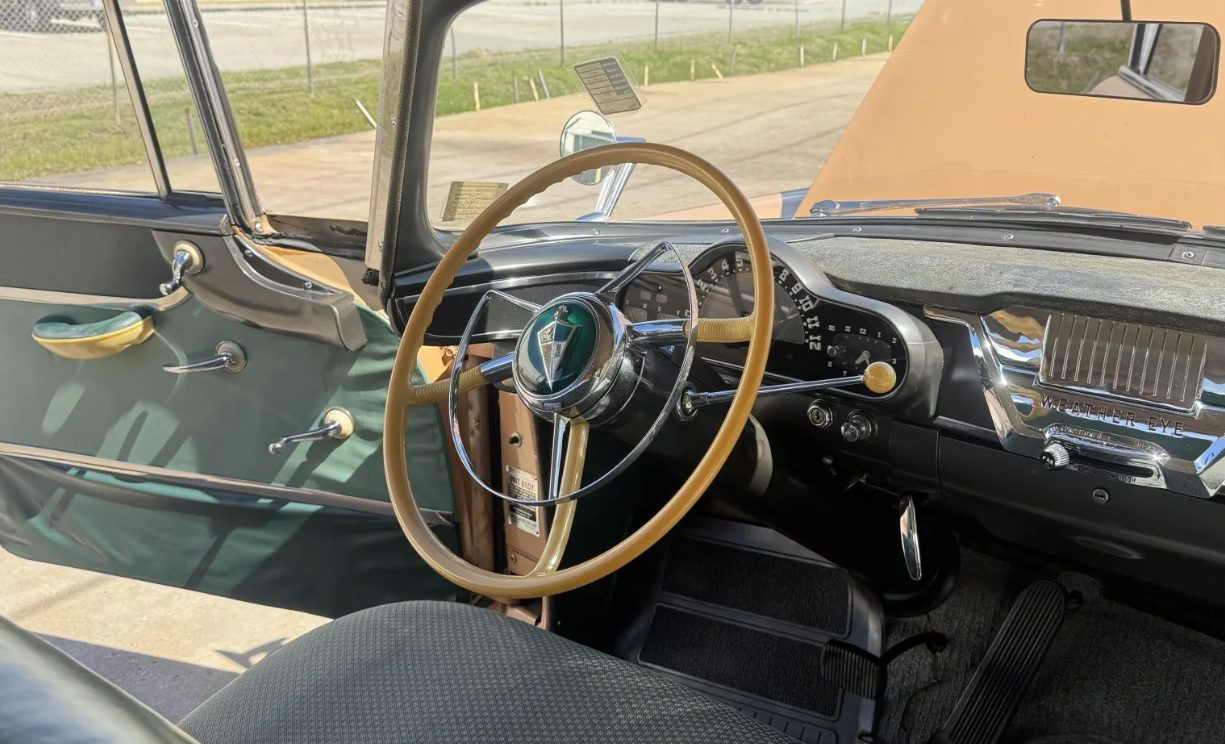
NASCAR’s homologation rules—requiring race cars based on production models sold to the public—killed the project before track testing could prove its capabilities. Hudson couldn’t afford producing the minimum number of street versions required for racing qualification. Sometimes the best ideas never compete simply because they don’t fit within established regulatory frameworks.
7. 1962 Dodge Custom 880 413 Cross Ram (Exterior)
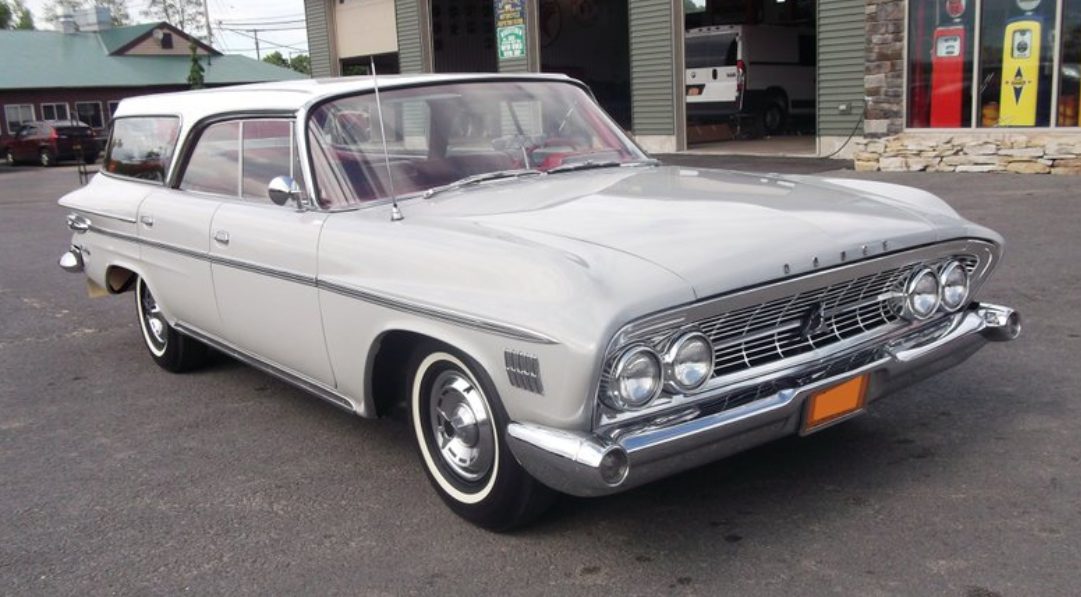
The Custom 880 413 Cross Ram showcases what happens when engineers prioritize intake manifold aesthetics over basic practicality. Dodge’s cross-ram setup featured long, curved intake runners that looked impressive but created significant packaging challenges under the hood.
1962 Dodge Custom 880 413 Cross Ram (Interior)

The massive engine required extensive modifications to fit properly, while throttle response proved difficult to modulate smoothly during normal driving. Heat buildup around the complex intake system caused vapor lock issues—definitely not a selling point dealers wanted to explain. This Dodge captures early-60s performance engineering excess: impressive on paper, challenging in practice.
6. 1964 Lincoln Continental Coupe 430 Dual Quad (Exterior)

Lincoln’s Continental Coupe 430 Dual Quad created an interesting contradiction between refinement and aggression. The luxury sedan received a 430 V8 with dual four-barrel carburetors that completely transformed its personality and road presence.
1964 Lincoln Continental Coupe 430 Dual Quad (Interior)
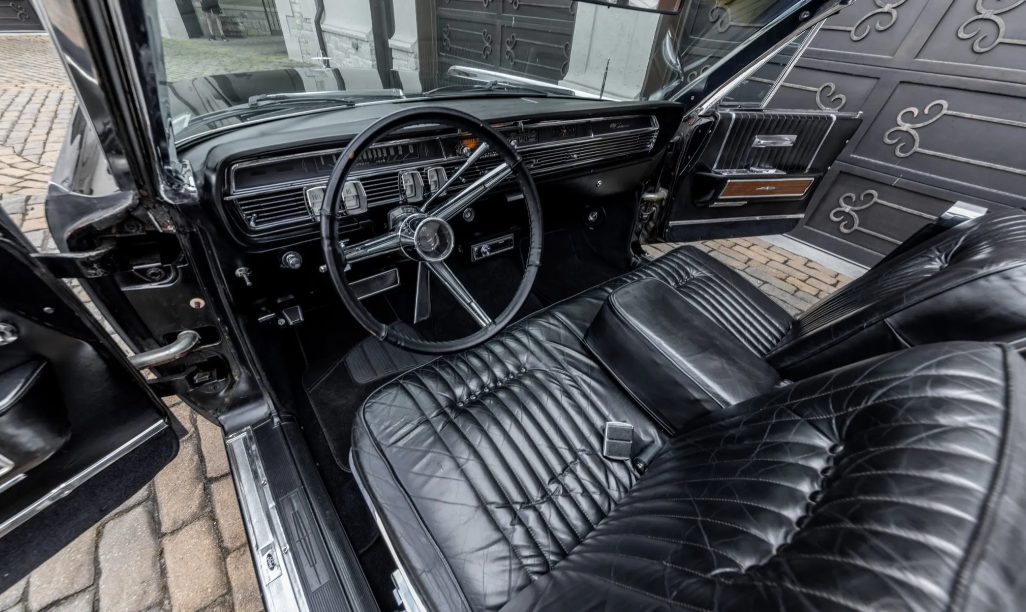
The engine’s powerful sound contrasted sharply with the carefully cultivated atmosphere of cabin refinement. Suspension and brakes designed for stately cruising weren’t optimized for additional power delivery. Owners discovered their car occupied an uncomfortable middle ground between luxury and performance expectations, satisfying neither category completely.
5. 1965 Chrysler 300L Ram Charger Package (Exterior)

Chrysler attempted creating a split-personality luxury car with their 300L Ram Charger Package. By day, a sophisticated executive cruiser. By night, a tire-shredding monster thanks to its Ram Charger 426 Max Wedge engine. This automotive identity crisis produced predictable results.
1965 Chrysler 300L Ram Charger Package (Interior)
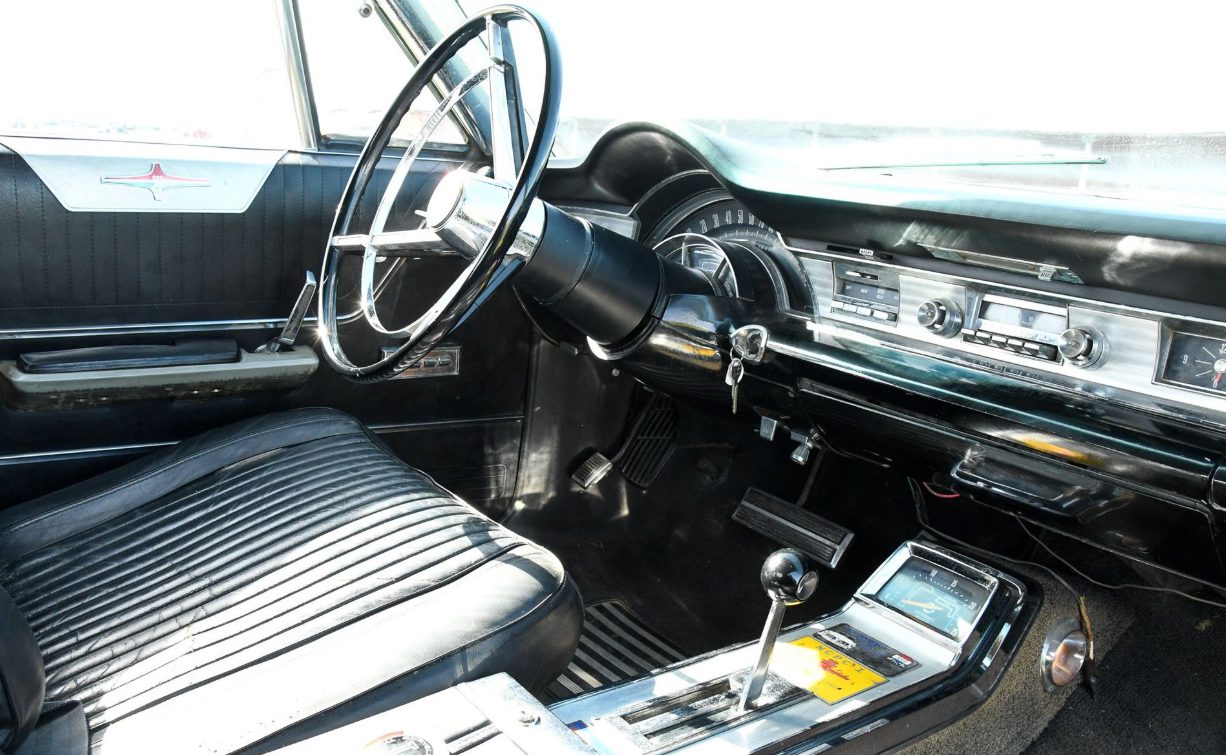
The high-performance powertrain contrasted sharply with luxury car packaging expectations. Traditional luxury buyers—who prioritized refinement over raw acceleration—found themselves owning a car that demanded more attention than anticipated. The 300L Ram Charger remains a fascinating example of engineering departments not fully understanding their target customers. Like some of the strangest cars ever made.
4. 1972 Dodge Demon 440 Six Pack Project (Exterior)

Dodge attempted creating the ultimate compact muscle car by cramming their largest engine into their smallest platform. The massive 440 V8 with three two-barrel carburetors barely fit into the Demon’s engine bay, creating severe engineering compromises.
1972 Dodge Demon 440 Six Pack Project (Interior)

Weight distribution suffered dramatically, with approximately 60% concentrated over the front wheels. This produced severe understeer that compromised handling during any spirited driving. After building just a handful of prototypes, Dodge abandoned the project. The Demon 440 serves as a reminder that proportions matter in performance engineering—physics won’t bend to marketing ambitions.
3. 1957 Nash Ambassador V8 Twin Stick (Exterior)
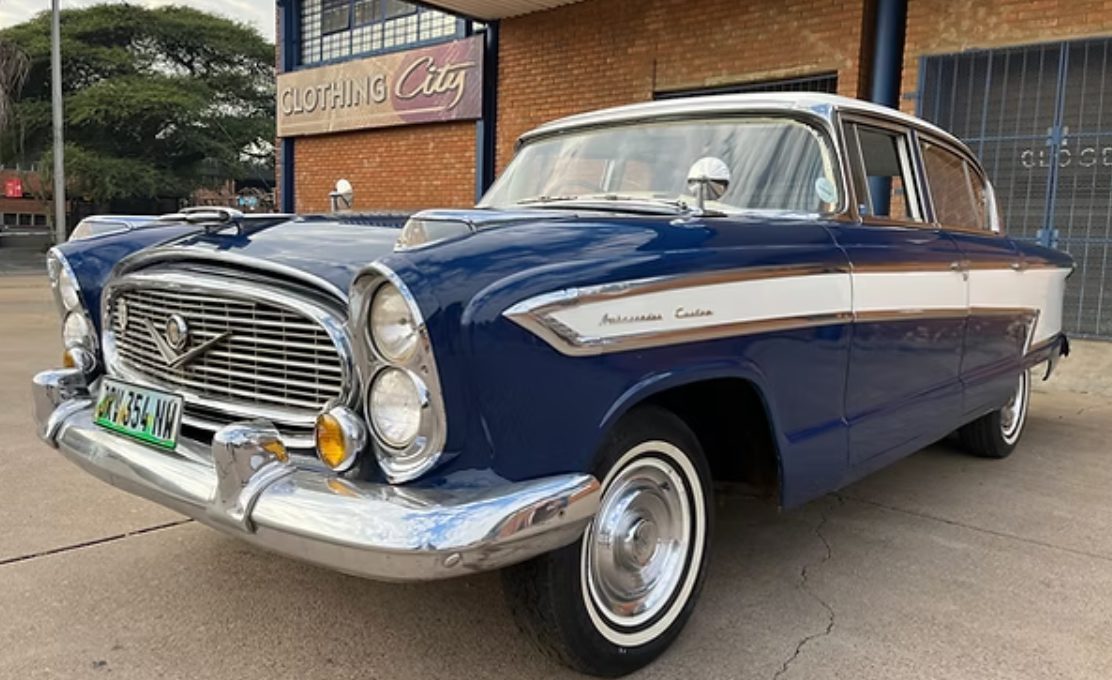
Nash’s Twin Stick transmission represents automotive innovation’s awkward teenage phase—ambitious but fundamentally misguided. Drivers needed to coordinate two separate shift patterns simultaneously, pairing a robust Packard-sourced 352 cubic inch V8 with complexity that nobody asked for.
1957 Nash Ambassador V8 Twin Stick (Interior)
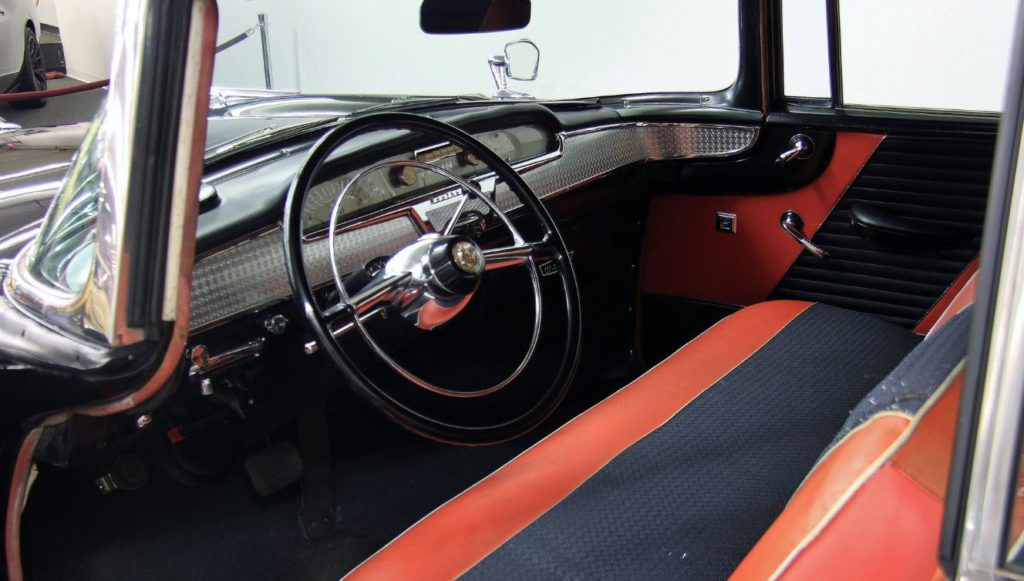
The transmission linkages proved prone to issues under normal use, turning routine driving into an expensive lesson in overcomplication. Contemporary road tests documented widespread driver confusion with the dual-lever setup. Today’s surviving examples stay parked in collectors’ garages, where they can look impressive without actually needing to function properly.
2. 1970 Ford Torino Talladega Super Cobra Jet (Exterior)

Ford built a NASCAR stock car with license plates, powered by a 429 Super Cobra Jet V8 officially rated at 375 horsepower. The Talladega’s aerodynamic modifications—designed for high-speed straightaways at Daytona—created challenges during grocery runs and school pickups.
1970 Ford Torino Talladega Super Cobra Jet (Interior)

Suspension calibrated for banked turns at triple-digit speeds wasn’t ideal for navigating parking lots. Insurance companies took a predictably dim view of this street-legal race car, resulting in premiums that bankrupted teenage dreams across America. The Talladega became the textbook definition of “too much car”—a specialized tool forced to perform everyday tasks it was never designed to handle.
1. 1960 Plymouth Belvedere Golden Commando 383 Convertible (Exterior)
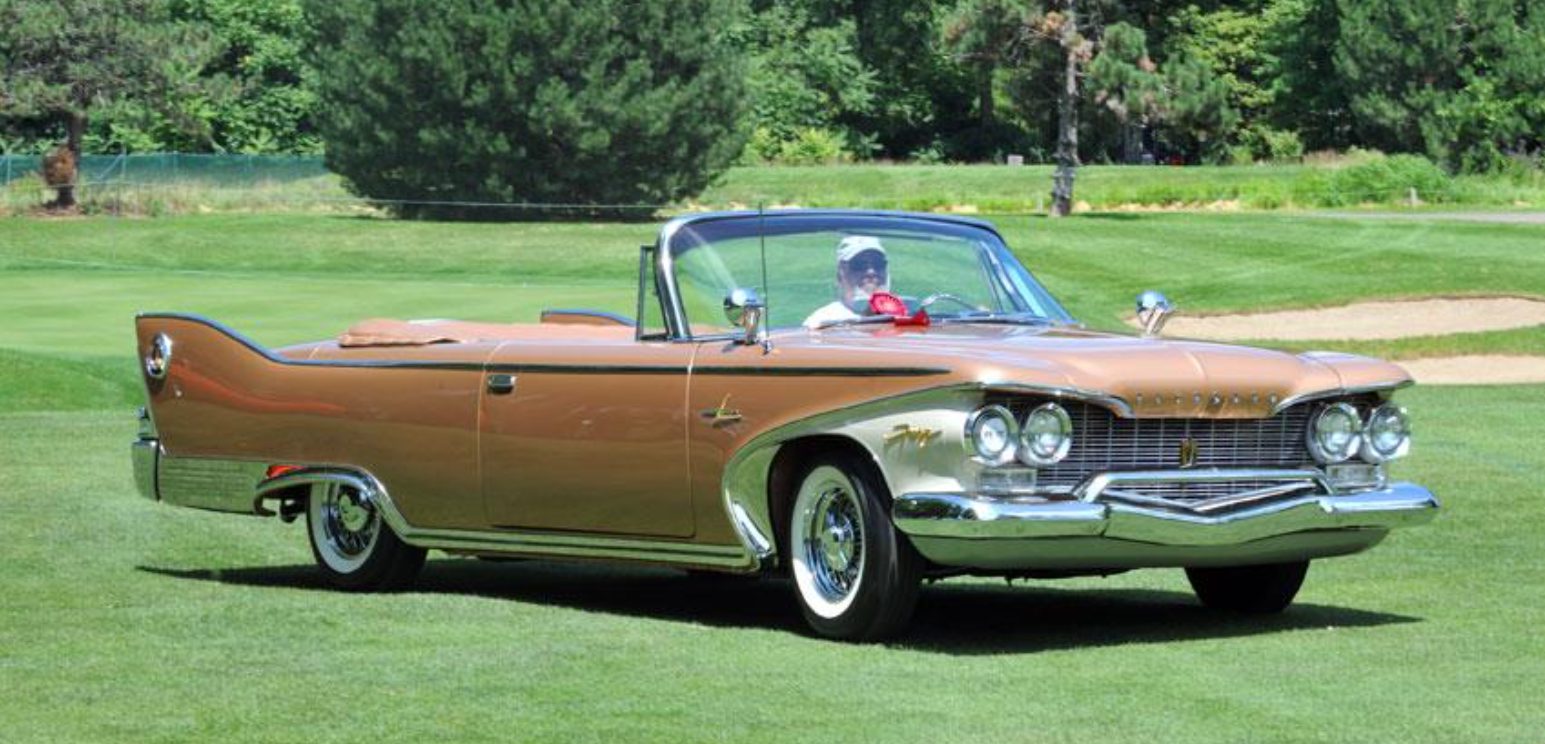
Plymouth stuffed their Golden Commando 383 V8 into a chassis that treated structural integrity like a suggestion. Drop the hammer and the convertible’s body flexed noticeably, transforming “thrilling acceleration” into an exercise in physics you never wanted to experience.
Rear wheels struggled for traction while drum brakes performed more like polite requests than actual stopping mechanisms. The Golden Commando perfectly captures that brief moment when manufacturers thought “just add horsepower” constituted a complete development strategy. Beautiful and powerful? Absolutely. Properly engineered for the real world? That’s where things got complicated.
1960 Plymouth Belvedere Golden Commando 383 Convertible (Interior)
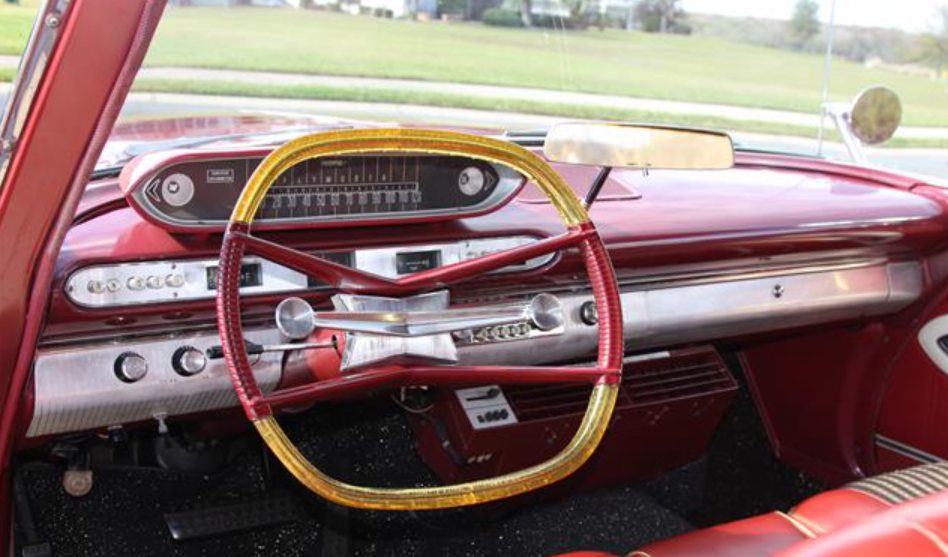
These automotive oddities aren’t just historical curiosities—they’re lessons in innovation’s messy reality. For every successful design that makes history books, dozens of fascinating experiments end up forgotten. Their stories reveal more about the automotive industry’s evolution than any bestseller ever could.